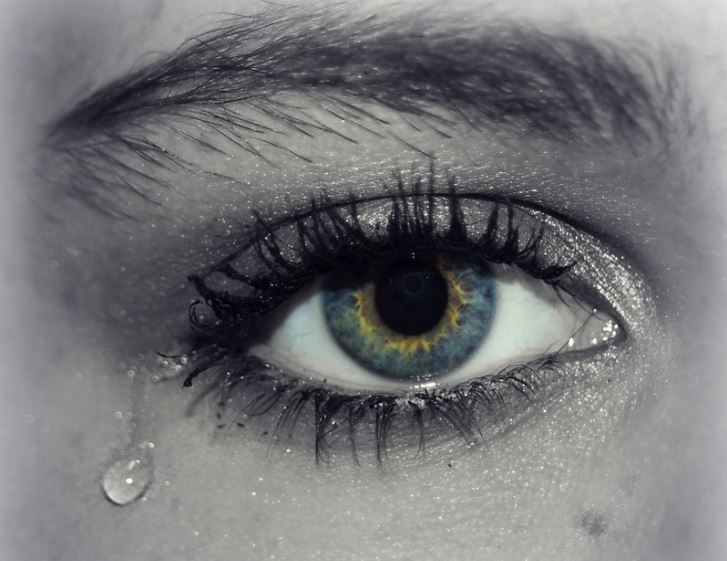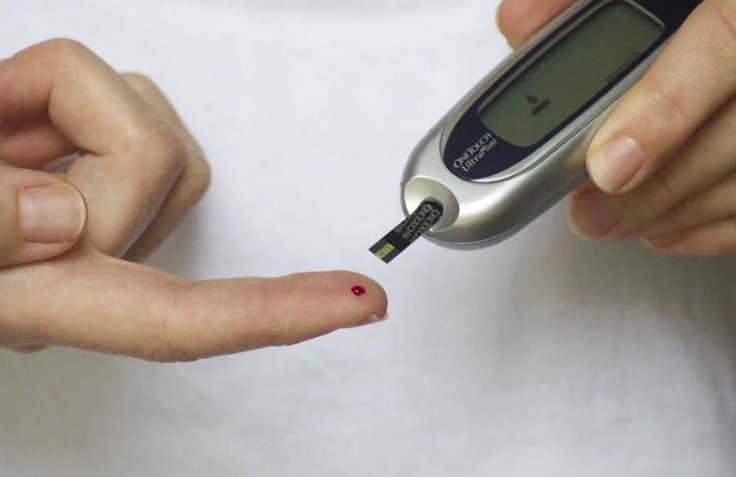Regular monitoring of blood sugar in patients with diabetes is vital for the maintenance of their condition. However, methods used for this purpose that involves drawing blood through invasive and may cause some degree of discomfort. Now, scientists from the University of Tokyo found that the sugar levels of diabetic individuals can be measured using only tears.
Using the levels of a protein known as glycoalbumin (GA) as a biomarker, the authors proved that the measurement of blood sugar level does not require invasive techniques. "GA in tears could be a diabetes-related biomarker that can be measured noninvasively," the authors wrote.
Turning to Tears Instead of Blood
Existing methods of monitoring glucose levels require invasive actions such as pricking the finger and the use of syringes to draw blood samples for analysis. Though other potential methods have been evaluated, none have shown practical ability to substitute the collection of blood samples. Therefore, the scientists chose to measure diabetes-related biomarkers in tears as possible means of replacing invasive procedures.

Older studies have shown that the level of glucose in tears corresponds to the amount of sugar in the blood more or less. The authors picked a glycoprotein—glycoalbumin—whose levels are reflective of average glucose levels, as a biomarker for the study at hand.
Strong Link Between Levels in Blood and Tears
For the study, 100 patients with diabetes were enlisted. Samples of their blood as well as their tears were collected for examination. Of the 100 participants, samples from 99 were measured, and a notable correlation between the levels of GA in the blood and those in tears was discovered.
The statistical evaluation demonstrated that correlation held good even after adjusting various factors. "Multiple regression analysis revealed that this correlation was maintained even after adjustment for age, gender, nephropathy stage, and obesity," wrote the authors.

Potential Future Method
Based on the correlation between the GA level in blood and tears, the researchers suggested that it can possibly serve as a new method of non-invasive monitoring of diabetes. The authors also highlighted that since the value of GA is expressed as a ratio, the dilution or concentration of tears may not affect the measurement of glucose levels.
"In the future, we plan to optimize measurement conditions and develop measurement equipment, and to verify the effectiveness and usefulness of diabetes monitoring methods," concluded the authors.









